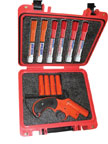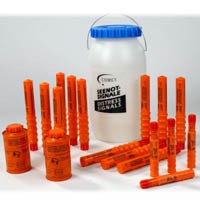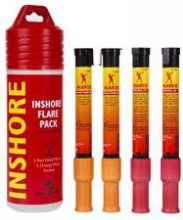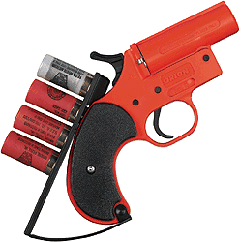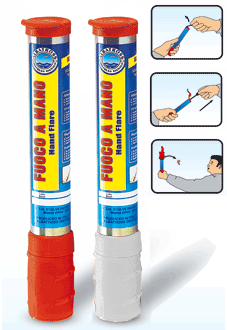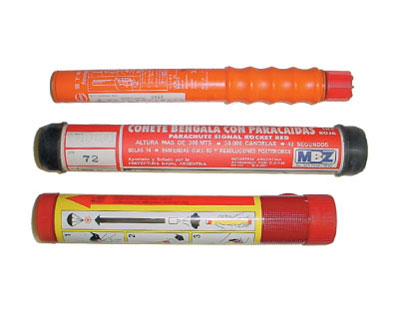 |
||||||||||||||||
|
Distress Equipment a Must
Call for information on what would be best for you |
||||||||||||||||
|
||||||||||||||||
|
Signals & Communications
Sailing is not all solitude. There comes a time, if just for safety's sake, when you need to communicate with others.
VHF (Very High Frequency) Radio Every cruising boat should have a VHF radio whether stationary or hand held. Each VHF radio is considered a radio station by the Federal Communications Commission. Channel 16 is used for emergencies and for hailing. Law enforcement agencies and the Coast Guard monitor channel 16. Although you hail on channel 16, you never use it for conversation. Immediately communicate with the party you hail and arrange to switch to another "working" channel. VHF Channel for US Radio Users Distress, safety, hailing ..............................................16 Intership safety ........................................................... 6 Coast Guard communications ................................. 22A Port Operations ... 1, 5. 65A, 6A, 12,73, 14, 74, 63, 20, 77 Navigational ......................................................... 13, 67 Non-commercial ............................ 68, 9, 69, 71, 78A, 72 Commercial .... 1, 7A, 8, 9, 10, 18A, 19A, 79A, 67, 77, 80A, 88A, 63 Public Correspondence .... 24, 84, 25, 85, 26, 86, 27, 87, 28
How to Make a Distress Call The distress call consists of: --the distress signal MAYDAY (spoken three times); --the words THIS IS (spoken once); --the call sign or name of the vessel in distress (spoken three times).
The distress message follows immediately and consists of: --the distress signal MAYDAY; --the call sign and name of the vessel in distress: --particulars of its position (latitude and longitude, or true bearing and distance from a known geographical position); --the nature of the distress; --the kind of assistance desired; --the number of persons aboard and the condition of any injured; --present seaworthiness of the vessel; --description of the vessel (length, type, cabin, masts, power, color of hull, superstructure, trim, etc.); --any other information which might facilitate the rescue, such as display of a surface-to-air identification signal or a radar reflector; --your listening frequency and schedule; --THIS IS (call sign and name of vessel in distress). OVER.
Only use MAYDAY when loss of life or vessel is imminent. Use PAN PAN (pronounced "pon-pon") when you have an urgent message concerning safety of a person or vessel. Use SECURITE (pronounced "say-curatay") when you have a message about navigational safety or weather.
Phonetic Alphabet A - Alpha ----J - Juliet----------- S - Sierra B - Bravo ---K - Kilo ----------T - Tango C - Charlie -----L - Lima ----------U - Uniform D - Delta -------M - Mike ---------V - Victor E - Echo -----N - November ------W - Whiskey F - Foxtrot --------O - Oscar -------X - X-ray G - Golf ---------P - Papa ---------Y - Yankee H - Hotel ------Q - Quebec -------Z - Zulu I - India ------------------------R - Romeo
|
||||||||||||||||

